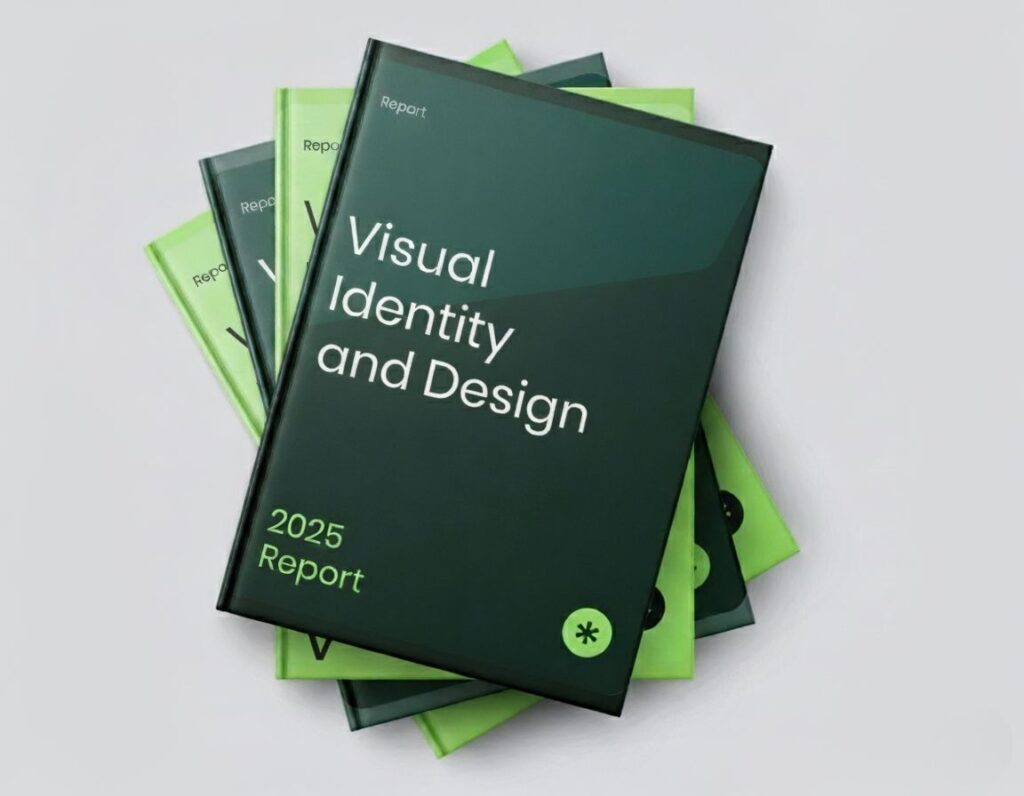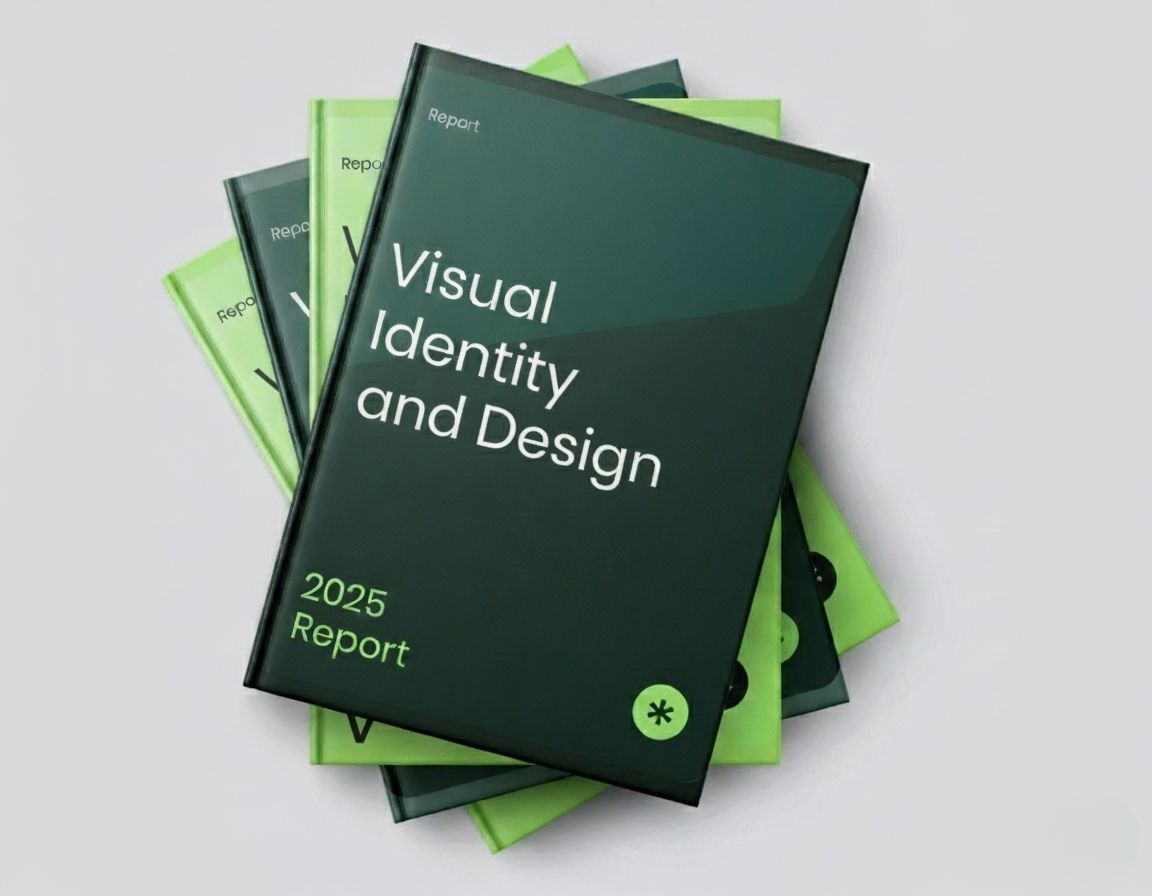Recent analysis highlights the measurable impact of strategic branding on business performance. Companies that implement a cohesive brand identity and messaging saw a 42% increase in customer engagement, a 37% growth in market visibility, and a 29% boost in conversion rates within six months. Insights from Brandagic show that thoughtful adjustments in brand positioning can produce significant, quantifiable improvements in audience perception and overall growth.
The Power Behind Every Memorable Brand
A brand isn’t just what people see—it’s what they feel, remember, and associate with your business. Visual identity is the cornerstone of this perception. At Brandagic, we craft visual systems that not only look stunning but also communicate a brand’s values and story at a glance.
Every element matters. From bold, unforgettable logos to carefully chosen color palettes, typography, and imagery, we ensure every detail reinforces who you are and what you stand for. But great design goes beyond aesthetics—it creates consistency, builds trust, and leaves a lasting impression across websites, social media, campaigns, and offline experiences.
By blending creativity with strategy, Brandagic helps brands not just stand out visually but truly connect with their audience, turning attention into recognition and recognition into loyalty.

Delving Into the Significance of Brand Consistency
While brand consistency alone doesn’t guarantee business success, it provides valuable insights into a company’s identity and can significantly influence audience perception.
From a strategic perspective, “brand consistency” refers to the uniform presentation of a company’s messaging, visuals, and voice across all touchpoints. This includes marketing campaigns, social media, website design, and offline communications. Maintaining consistency helps establish trust and makes the brand instantly recognizable.
Consistent branding signals professionalism and reliability, showing customers that the company is confident in its values and promises. On the other hand, inconsistencies in messaging or visuals can confuse audiences and weaken brand credibility, even if the underlying products or services are high-quality.
“We called Imagine Clany Eco when another company cancelled on us last minute for our move-out cleaning. Clany Eco was able to book us and make it out in 2 hours and did an amazing job. We even got our deposit back.”
John Smith, CEO & Owner Tweet
Key Elements of Visual Identity Unveiled
When building a strong brand, businesses typically focus on several core elements that define how they are perceived. Key components include:
L (Logo Design) – Represents the brand visually and serves as the primary symbol that audiences recognize instantly.
C (Color Palette) – Establishes mood, personality, and emotional resonance across all brand materials.
T (Typography) – Defines the tone and readability of the brand’s messaging through font choices and hierarchy.
I (Imagery & Graphics) – Includes photos, illustrations, and icons that support the brand story and create visual consistency.
G (Guidelines) – Comprehensive brand guidelines ensure consistency in application across digital, print, and in-person experiences.



This is a great reminder that financial planning isn’t just about numbers; it’s about aligning your money with your life goals. Physician Lifecycle Planning can help you make the most of your earning potential while ensuring you’re also prioritizing your well-being and quality of life.